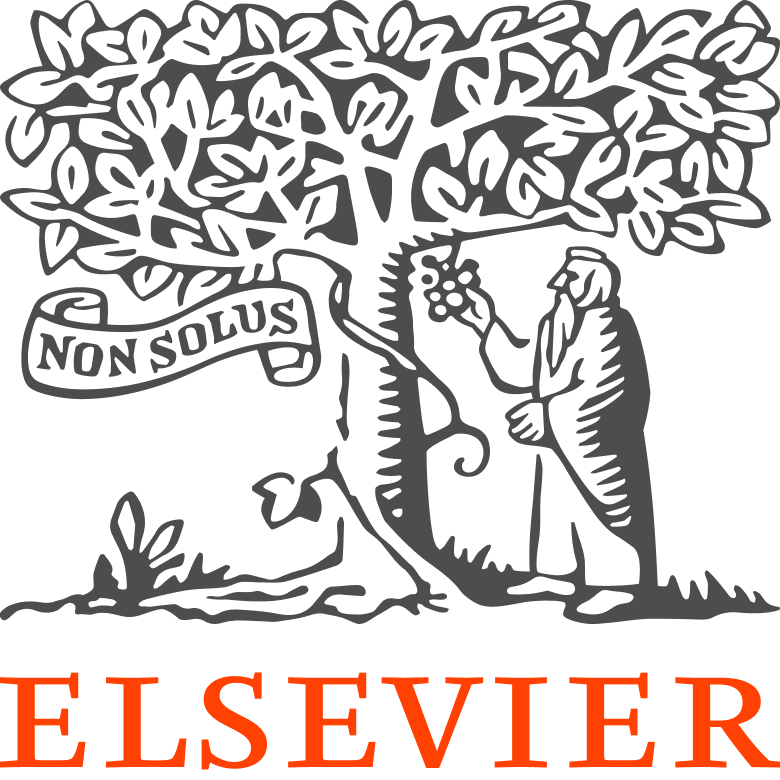How Can We Help?
DataCiteDataCite
Pure's integration with DataCite will give possibility for importing Datasets, setup automated search and mint DOIs. This article describes how to setup DataCite as an import source.
Enabling DataCite as import source
DataCite can be enabled from Administration > Dataset > Import sources > DataCite

Enabling DataCite for self hosted clients
If you are self-hosted and wish to enable DataCite as an import source, you need to to Contact Pure Support Team as we need to add a key to your integration setup.
Select which types to import from DataCite. By default, all records with the content type “Dataset” will be imported (this cannot be deselected), but the list can be expanded to include additional types:

Please note that regardless of the selected types, all imported data will be treated and stored as a Dataset in Pure.
Automated search configuration
Enabling this feature will allow Persons and/or Organisational units to setup automated search for DataCite.

More details are found in these articles
After you are done configuring DataCite as import source, remember to press Save in top of screen.
Once DataCite has been enabled, it can be used as an import source to bring in Datasets one by one

Handling of versioning
In DataCite, each version of a dataset receives a new DOI and a new record, which could lead to many duplicate records being imported into Pure and made it difficult to identify and store only the latest version.
The logic in Pure is to import only the most current version. As a result, when using automated searches or manual searches by title, person, or organization, only the latest version will be shown.
However, manual searches by DOI will still allow you to import a specific version of a record.
Search on title:

Search on specific DOI:

Minting DOIs
Integration with DataCite will allow you to create DOIs for both Datasets and Research outputs.
See Create DOIs for datasets and research outputs
Mapping of Fields
Toggle to see mapping of fields in DataCite to Pure
Datacite field |
Pure Field |
|---|---|
doi |
DOI Source ID |
identifiers.identifier |
Secondary Source ID |
identifers.identifierType |
Secondary Source |
creators.nameType |
People |
|
Role on person = Creator |
creators.name |
Related Person/External person
|
creators.givenName |
Related Person/External person First name |
creators.familyName |
Related Person/External person Last name |
creators.nameIdentifiers.nameIdentifier |
ORCID (ID) use to match to internal Person |
creators.nameIdentifiers.nameIdentifierScheme |
Identifier on Person ID - think it can only be Orcid |
creators.affiliation.name |
External Person - related external organisation → Name |
contributors.contributorType |
Further up in the schema it say Role=contributor (??) |
contributors.name |
Think we can use this for author collaboration |
titles.title |
Title |
publisher.name |
Publisher → Name |
publicationYear |
Data made available → Year |
subjects.subject |
Keyword |
language |
Original language |
relatedIdentifiers.relatedIdentifier |
Related items (other Datasets or Research output) |
rightsList.rightsIdentifier |
Licence |
descriptions.description |
Description |
geoLocations.geoLocationPlace |
Geospatial Point |
geoLocations.geoLocationBox.eastBoundLongitude |
Geospatial polygon |
geoLocations.geoLocationBox.westBoundLongitude |
Geospatial polygon |
geoLocations.geoLocationBox.northBoundLatitude |
Geospatial polygon |
geoLocations.geoLocationBox.southBoundLatitude |
Geospatial polygon |
geoLocations.geoLocationPoint.pointLatitude |
Geospatial Point |
geoLocations.geoLocationPoint.pointLongitude |
Geospatial Point |
fundingReferences.awardNumber |
Funding details → Funding numbers |
fundingReferences.funderName |
Funding details → Related funding organisation (external organisation) |
url |
Links |
contentUrl |
Links |
Published at September 08, 2025
